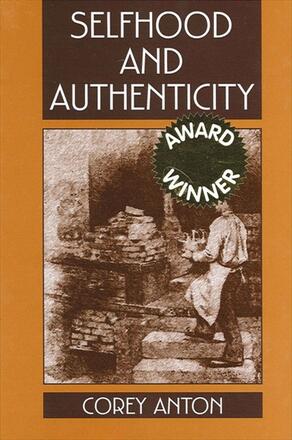
Selfhood and Authenticity
Alternative formats available from:
Explores the notion of selfhood in the wake of the post-structuralist debates.
Description
Winner of the 2004 Erving Goffman Award for Outstanding Scholarship in the Ecology of Social Interaction presented by the Media Ecology Association
Drawing upon numerous influential thinkers of the twentieth century, including Heidegger, Bakhtin, Merleau-Ponty, Sartre, Goffman, Schrag, and Taylor, Selfhood and Authenticity articulates the phenomenological constitution by which social construction is a real possibility. Anton brings phenomenology and existential philosophy to wider audiences and makes complex insights refreshingly lucid by systematically radicalizing and integrating the notions of embodiment, sociality, symbolicity, and temporality.
Corey Anton is Assistant Professor of Communication at Grand Valley State University.
Reviews
"Corey Anton is quickly becoming a major voice in the developing interdisciplinary field of communication and philosophy. Selfhood and Authenticity explores the landscape marked out in his investigations with a combined theoretical incisiveness and praxis-oriented understanding. It makes a very important contribution to the existing literature in the field. " — Calvin O. Schrag, author of The Self after Postmodernity
"Corey Anton's creative utilization of phenomenologies of embodiment as a basis for a communicative self is accentuated by a clear command of phenomenological literature. The discussion of sociality is excellent, and the explication of temporality is grand in scope. The work is, in other words, a short systematic treatise. " — Lewis R. Gordon, Brown University